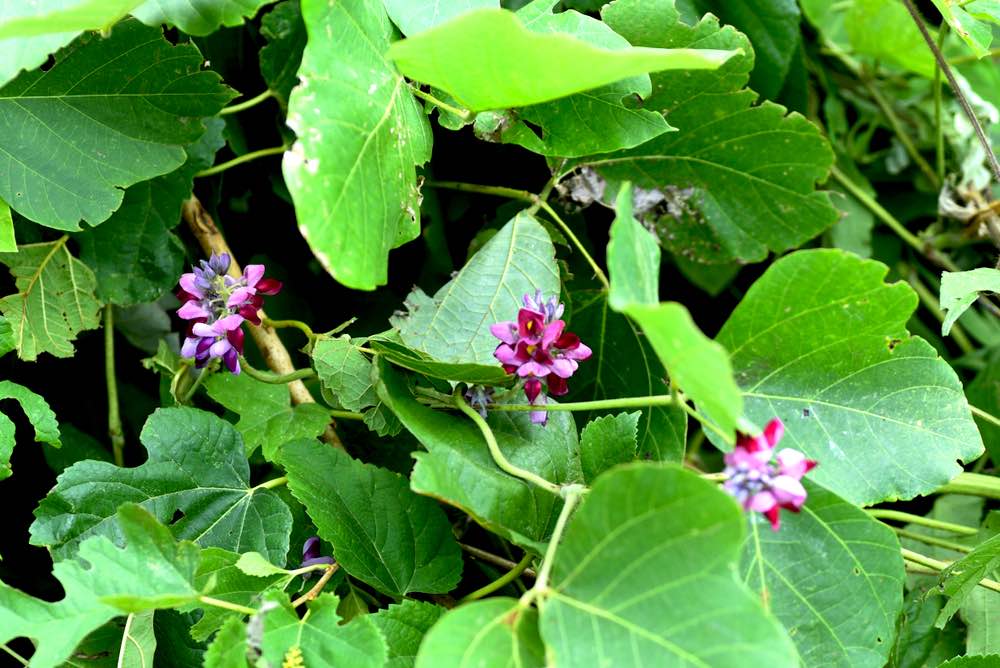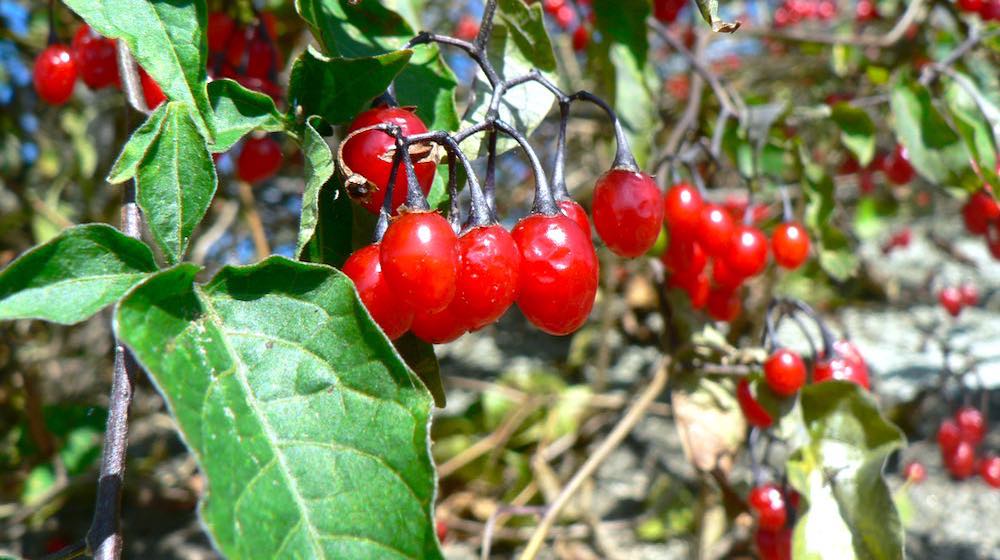Be careful of what you put in your garden as it might get too aggressive and take over your house. Here are some of the invasive plants you should be careful of and not deal with.
RELATED: 63 Amazing Pest And Insect Repellent Plants You Should Know
Know Which Invasive Plants You Should Not Deal With
What Are Invasive Plants?
Invasive plants are plants that grow in unwanted places and blossoms the way you don't want it to. It spreads aggressively outside its native space.
These kinds of shrubs don't always have to be a weed. Some are mosses, herbs, flowering plants, trees, or vines.
1. Norway Maple Trees
|
The Norway Maple trees first became common to Central Europe and some parts of Asia. It was brought to North America in the 1700s and is a member of the Lychee family.
You will find the Norway Maple trees in the Northeast part and dangerous in Massachussettes, New Hampshire, Vermont, and Maine.
2. Butterfly Bush

This plant is called a butterfly bush because it attracts butterflies. However, it has a very strong odor that affects humans.
It is common in the Pacific Northwest and some areas in the Southeast. This type of shrub invades riverbanks, reforested areas, and open fields.
3. Lantana
|
The Lantana is more common to tropical countries and can be found in Georgia, Florida, and in some parts of California. It is an invasive plant because it crowds other native plants.
Lantana camaras can strongly affect other shrubs and be in the way of new trees.
4. Burning Bush
|
The burning bush is a fall plant and bares very red leaves during the autumn season. However, it is so invasive and dangerous because the leaves are very poisonous.
This shrub is known to be of the exotic kind and is common in North America more particularly in Maine to Minnesota area.
5. Barberry
|
The barberry is one of the most dangerous invasive plants. This is also well known to be something that shouldn't be planted at all.
It has very sharp thorns that can be used for hedges. At the same time, it is usually found in the woods but can grow in yards or gardens as well.
RELATED: When Weeds Run Wild: Dealing With Nutgrass In Your Garden
6. Ajuga
|
Ajuga is a ground growing invasive plant. This vine bears purple flowers at a time and has the ability to suppress weeds.
It is also known as a carpetweed or a bugleweed.
7. Sweet Autumn Clematis
|
Sweet Autumn Clematis is the better looking invasive plants. This type of plant grows in the fall and seems to be unnoticed at first.
Relative to the other plants in this list, this is easier to manage but can cause problems if not taken care of properly.
8. English Ivy
|
English Ivies grow very aggressively. It covers so much ground that they are known to be “ivy deserts.”
It is an evergreen vine and is notorious to quickly cover up building walls and become ground cover on commercial buildings as well.
9. Wisteria
|
Among all the breeds of the Wisteria, the most invasive of them all is the Chinese and Japanese Wisteria. These two are considered to be the most invasive plants.
Their vines grow very rapidly and can destroy native wildlife. It can grow up to 70 feet with trunks that grow up to 15 inches.
10. Bittersweet
|
There are three kinds of bittersweet: the bittersweet nightshade, American bittersweet, and the oriental bittersweet. All plants bare colorful berries but are all toxic plants.
The oriental bittersweet is the worst among the three. It grows aggressively choking on other woody plants.
11. Kudzu

The Kudzu is from the pea family and is used to feed livestock. Furthermore, Kudzus is known as “the vine that ate the south” because of how intrusive this type of plant is.
It is initially planted to grow as shades on porches until it became very encroaching that it would spread out very aggressively to other parts of a house.
12. Tansy
|
Tansy is more of a herb rather than a plant. The bad thing about this is it is poisonous. It spreads via seeds and rhizomes.
If you can't get rid of them, watch this video from MIgardener to know how to handle invasive plants:
Taking care of your garden is very important and dealing with invasive plants can be a problem if you let them grow on their own. Make sure you follow our tips and don't deal with the plants mentioned above.
Do you have other tips for your garden on how to get rid of invasive plants? Share it with everyone by leaving a comment in the section provided below.
UP NEXT:
- How To Grow An Ideal Garden With Amazing Perennial Plants
- 15 Summer-Loving Annual Plants For A New Garden Every Year
- 5 Superfruits You Need For Optimum Health
Want to stay up to date? Follow Garden Season on Facebook, Twitter, Instagram, and Pinterest.



